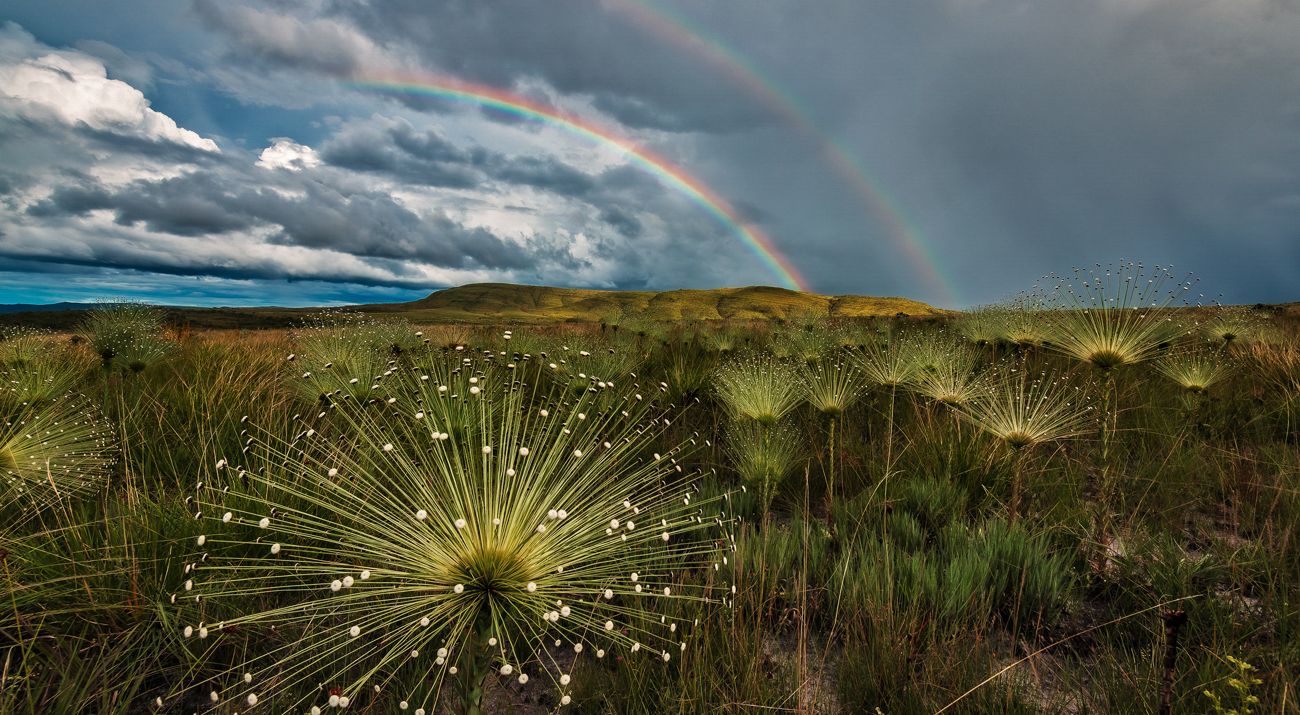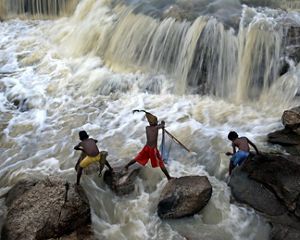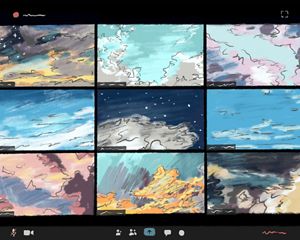WHO Manifesto a Call to Action for Building Better—with Nature
By Lynn Scarlett, Former Chief External Affairs Officer
As COVID-19 restrictions and lockdowns begin to ease in some parts of the world, we are all thinking about what comes next. How will we get back to normal? Is that even what we want? Shouldn’t this be a chance to reimagine, think big and shape a better, more resilient and sustainable future than the one we were heading toward before?
Indeed, the coming weeks and months present a generational opportunity to create a healthier planet for people, nature and our climate. In this spirit, my colleagues and I were heartened to see the World Health Organization publish its “Manifesto for a healthy recovery from COVID-19” last week. In it, the international public health agency argues that the economic recovery to the pandemic should “promote a healthier, fairer, and greener world.”
To do so, the WHO calls on governments to protect nature—“the source of human health”—promote healthy and sustainable food systems, and ensure a quick transition to renewable energy sources, among other points. We at The Nature Conservancy (TNC) agree and applaud the WHO for showing how the health of people and planet are inextricably linked—here’s how we are centering our work around this very notion.
Accelerating the transition to cleaner energy for cleaner air
First, the manifesto cites a shocking statistic: “Over seven million people a year die from exposure to air pollution—one in eight of all deaths.” The impact of air pollution on our health is direct and undeniable. To combat this, the WHO says, governments should look to renewable energy sources.
Accelerating the transition to clean energy sources is critical, but it must be done correctly. A haphazard buildout risks that projects end up clearing valuable habitats for plants and wildlife, or are done without the engagement of communities on the ground, potentially causing more harm than good. Our scientists and infrastructure experts identified and published guidelines for decision makers that show how to get this clean energy transition right.


Protecting the right to clean water by protecting ecosystems
Second, the WHO denounces the lack of access to basic services like clean water that billions of people lack. Access to clean water is a fundamental right—that’s why TNC works to protect sources of freshwater like rivers, lakes, and watersheds, all around the world.
One innovative way of ensuring such protection is through water funds—financial and governance mechanisms that align the interests of nature, business, and people. In Kenya, the Upper Tana-Nairobi Water Fund has helped save the city’s water utility company money, allowing it to invest in expanding access to tap water for poorer residents who struggle to secure clean water on a daily basis.
Our global insights, straight to your inbox
Get our latest research, insights and solutions to today’s sustainability challenges.
Sign UpFeeding the future by promoting forest health
Third, the manifesto calls for the promotion of “healthy, sustainable food systems,” and singles out the global greenhouse gas emissions that come from the clearing of land for livestock. This is an area where our global research is helping identify solutions to these big problems.
The Cerrado is a tropical savanna in Brazil that’s teeming with life. It’s also under threat from the growth of the soy industry, which grows much of its product to feed cattle. So far, half of the Cerrado’s native vegetation has been converted to cropland and pasture.
But our research shows that revising economic incentives that currently favor conversion can deliver a win-win for people and nature. By repurposing underutilized pastureland, farmers could increase soy production without impacting more of the Cerrado’s critical natural habitat.
Quote
The world’s leading public health agency is unequivocally declaring that protecting nature is paramount to our well-being. It’s not just a cause for conservation groups, or wildlife advocates, or climate change activists.
The pandemic has devasted families, destroyed livelihoods and tested our resilience. This makes the need to build a sustainable and equitable recovery, like the one described in the WHO’s manifesto, even more urgent.
At TNC, we’re ready to do our part. Our science shows it’s possible to build a future where people and nature thrive, but it’ll take cooperation, hard work, and most importantly, learning and communicating what works and what doesn’t. That’s why we partner with allies of all kinds—from small-scale ranchers and farmers and family foresters, to tech industry leaders and national governments. We all have a role to play in protecting nature.
That’s what makes the WHO’s manifesto so encouraging. The world’s leading public health agency is unequivocally declaring that protecting nature is paramount to our well-being. It’s not just a cause for conservation groups, or wildlife advocates, or climate change activists. It’s everyone’s business. And, change for the better is within reach right now. Let’s not let this moment pass.
Global Insights
Check out our latest thinking and real-world solutions to some of the most complex challenges facing people and the planet today.



